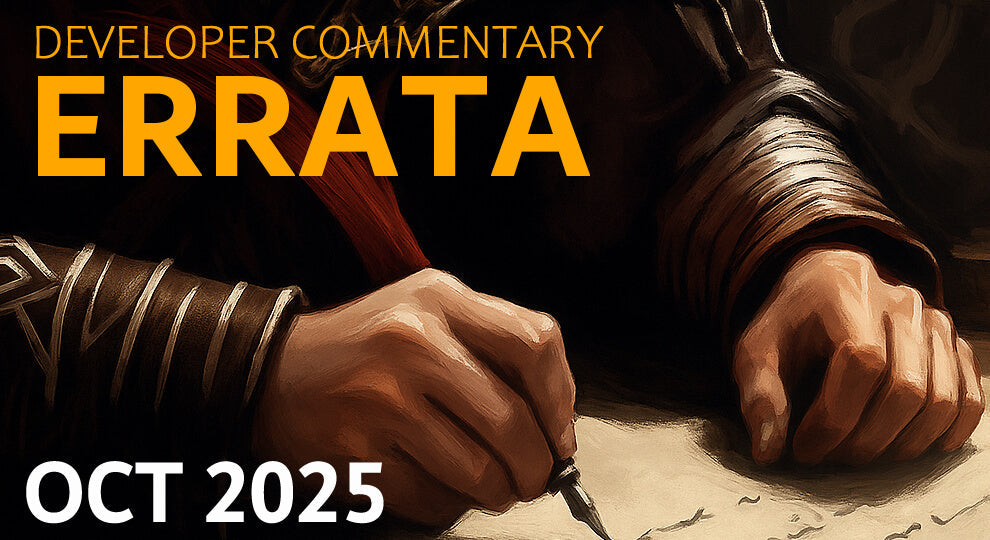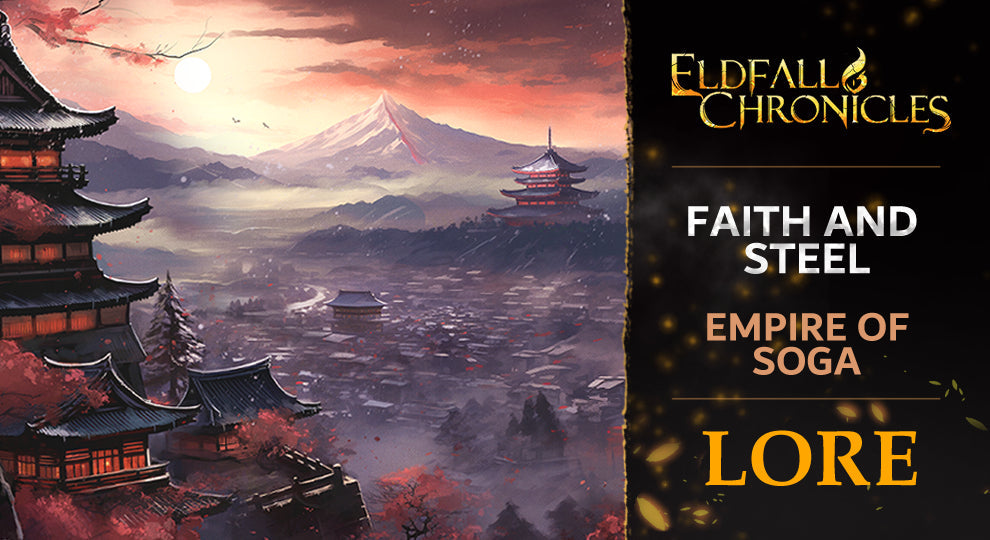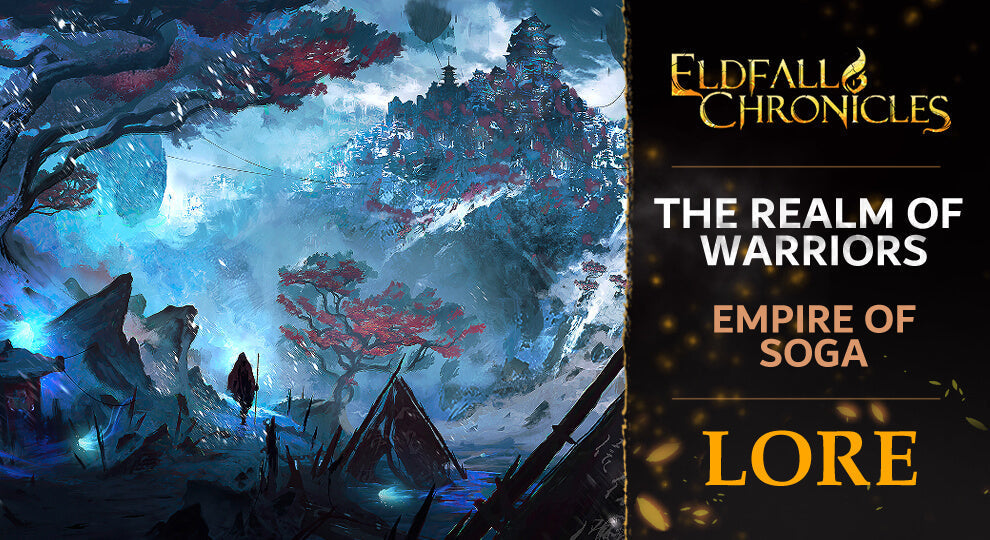Coalition of Thenion Part II - The Hidden Hollows
Thenrin society is mobile but meritocratic. One may rise quickly through talent and cunning, or fall just as swiftly through miscalculation. It is a realm of risk and reward, where failure is not punished by exile, but by irrelevance. Social standing is not strictly tied to lineage but to capability: artistry, guile, invention, or prowess can all elevate an individual to prominence.

GUILDS & SOCIETY
Guilds form the foundation of Thenrin civilization. Nearly every aspect of life—trade, defense, innovation, agriculture, infrastructure, and even worship—is managed through these professional collectives. From alchemists and fungalists to courtesans and clergy, each guild defines the standards, methods, and boundaries of its field, guarding their secrets and practices jealously.
Several factors contribute to the deep integration of guilds within every Thenrin city. Some are independent, but many are interconnected—forming a broader network that spans the island, with influence crossing regional boundaries.
Thenion’s wealth in ore and mana-rich minerals has made metallurgy and alchemy essential to its economy. Thenrin smiths are respected across Calad for their technical precision and use of crystal-fueled heatcraft. The Crystalwright Guilds, responsible for the mining and refinement of mana crystals, dominate much of Thenion’s export economy through their supply of refined, enchantment-grade crystals.
Textile guilds are similarly prominent. Thenrin weavers often lead fashion trends abroad, working with rare materials such as spider-silks from the giant tunnel spiders, and deep-pigment dyes extracted from the greatsnails kept in carefully maintained farms. The “Thenian Purples,” in particular, remain in high demand across Calad.
Temples dedicated to the Seven Gods either operate as guilds in their own right or are closely integrated with the guilds that serve their respective domains of influence—such as healing, fertility, war, or trade. While spiritual in function, they play active roles in civic administration, training, social rituals, and dispute mediation, often overlapping with other guild spheres in practical ways.
In this system, personal advancement and societal structure are closely tied to guild affiliation. Membership determines access to resources, apprenticeships, protections, and often political leverage. The result is a society where power flows not only through noble courts, but through trade halls, workshops, and sanctuaries—quietly, but decisively.
FAITH AND TEMPLE-GUILDS
Faith in Thenion is decentralized and integrated into public life through a tapestry of temple-guilds. Each is aligned with one of the Seven Patron Gods, whose spheres represent facets of lived experience rather than abstract virtue. Devotion to them is integrated into the rhythms of labor, politics, and personal life.
The Seven Patron Gods and their domains:
-
-
Astoret – Love, fertility, and beauty. Night Temples dedicated to her serve as sanctuaries of pleasure and social ritual. Her shrines are often tucked within private chambers, courtesan halls, or the upper floors of bathhouses. Her presence is most tangible during seasonal festivals and marriage rites, where her name is invoked in both celebration and negotiation.
-
Oberon – Festival, the hunt, and travel. Apart from the many taverns and inns sporting his image, his shrines are often found along roads and deep in the wilderness, frequented by wanderers and adventurers.
-
Paimon – Wealth, knowledge, and commerce. The most opulent temples are hers, often doubling as merchant halls, counting houses, or public archives. In many guilds, a statue of Paimon stands near the ledger books.
-
Enkai – Health, hearth, and dreams. Healers, herbalists, and diviners invoke Enkai in matters of the body and spirit. Small fountains or basins filled with mineral water often mark Enkai’s altars, found in clinics, herbalist shops, and dream chambers.
-
Tiamat – Conflict, glory, and destructive power. A revered goddess, both feared and widely venerated. Her rites are invoked before battle or crisis, and her monuments stand in town squares and public halls—a reminder of strength demanded, not requested.
-
Akeron – Craft, invention, and the arcane. Patron of artisans, arcanists, thieves, and those who navigate the blurred lines of identity and ambition. Worship is discreet. Among smiths and rogues, he is honored not with prayer, but with resourcefulness and boldness.
-
Anras – Honor, martial prowess, and measured strength. Shrines to Anras are built into fighting pits, training grounds, and the chambers of elite guards. His doctrine is passed on through discipline, not sermons.
-
The most revered deity is Her Night’s Majesty, Thea-Luna of the Great Moon, the silent mother of gods. Unlike the others, she has no public temples, nor is her true form ever depicted—the royal palaces serve as her sanctuaries, she is embodied through the Seven, and is symbolized by the crescent full moon of the Thenian Coalition. Her only true priests are the Matriarchs, whose rule and ties to the guilds reflect the sacred familial bond she represents.
Temples are not concerned with sin or salvation. Instead, they offer structure, stability, and relevance, adapting their functions to the needs of the region. A temple to Akeron may function as a guildhall for smiths and artisans, while one dedicated to Astoret might operate public bathhouses and sponsor festivals that, while embraced in Thenion, are often considered indecent or excessive elsewhere.
While some Thenrin pray daily, most engage with temple life through rituals tied to life events—marriage, illness, oath-taking, or mourning. Practices vary city to city, shaped by local customs and temple leadership.
Temple-guilds also hold real political power. They accumulate wealth, influence decisions, and in some cases maintain their own internal security forces or covert agents. The boundary between religious service and political action is flexible—and often invisible.

THE SCARLET DISTRICTS AND THE UNSEEN MARKET
Beneath the public markets of Thenion lies a parallel realm of trade—the shadow economy dealing in forbidden relics, illicit alchemy, information, and forbidden services. While they are technically illegal, most Matriarchs tolerates these businesses, seeing their regulation as a more effective tool than open prohibition.
In many cities, this world intersects with the Scarlet or Pink Districts—also called the Love Quarters—where pleasure and power entwine. Under soft rose-colored light, courtesans, spies, informants, and blackmailers operate behind tavern doors and velvet screens. Here, secrets are currency, and alliances are often sealed with wine, whispers, or a quiet blade. The halls of Oberon and Astoreth are strongest in these quarters, deeply entangled in both the political and criminal fabric of the undercities.
EDUCATION
Most learning in Thenion is handled by the guilds, each responsible for training its future members through internal apprenticeships and selective admission. In some cities, guilds offer limited instruction to the poor—typically in return for service, loyalty, or eventual initiation.
Children from influential families, or those showing early aptitude, are often sponsored into a guild-track by adolescence, apprenticing under masters who prepare them for specialized roles. But many—especially orphans or those from fringe districts—receive no formal education. Some begin work young in farms, mines, or crystalworks; others survive in street economies or fall into the pull of cults and underground markets. It’s no coincidence that guilds never lack thugs, thieves, or assassins—when survival outweighs schooling, the streets become the classroom.
In the end, Thenrin education is not a right but a resource—hard-won, unevenly distributed, and closely guarded. It reflects the Coalition’s unspoken law: survival belongs to the capable, and the capable are shaped, not protected.
CULTURE
Thenrin culture is defined by extremes. In times of peace, their cities erupt into color and joy: festivals of moonlight, carnivals of indulgence, and public duels cheered by crowds. Yet in times of danger, they become utterly pragmatic—swift, brutal, and efficient. To them, life is something to be seized and savored, for it is always just a step away from being extinguished.
Thenrin life pulses with contrast: revelry and ruin, brilliance and brutality. Music echoes through the undercities; colored lights dance on cavern walls; festivals mark each moon phase with wine, performance, and masked pageantry. The Lunar Equinox, their holiest celebration, transforms all of Thenion into a theater of divine reverence and ecstatic pleasure.
Yet this is also a land where debts are settled in whispers, and justice may be a blade in the dark. Beneath every song, a potential scheme. Beneath every smile, a test.
Still, it is beautiful. A civilization built in the dark, not to escape the light—but to redefine it.




